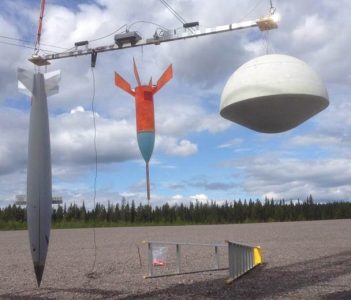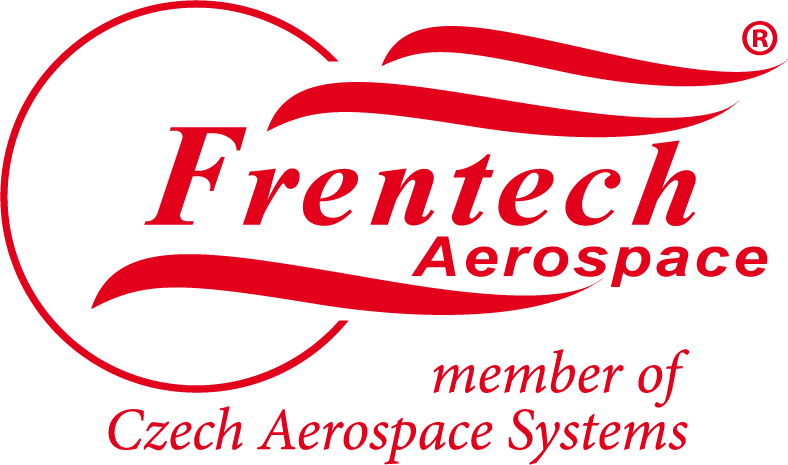Several missions are under consideration by ESA and NASA which would involve the return of samples from Mars or one of its moons.
Since there is a potential for such samples to contain extra-terrestrial life which could contaminate Earth, the requirements for the Earth Return Capsule are very stringent. The reliability must be far higher than can be achieved with parachute systems such as those used on the NASA Stardust (1999 to 2006) and Genesis (2001-4) missions.
Candidate Earth Return Capsules must be capable of re-entering the Earth’s atmosphere safely, even when starting from adverse orientations and remain stable until landing. Although a number of capsule designs have been identified as being potentially suitable, none has been qualified in the appropriate environment.
The objective of this programme was to identify three candidate geometries for Earth Return Capsules and to determine their aerodynamic characteristics up to at least Mach 1.5 by means of a series of high altitude balloon drop tests.
Designs based on heritage
Vorticity produced three different Earth Return Capsule designs. Two were based on a 45° sphere-cone design similar to the JAXA Hayabusa and the NASA Deep Space 2 probes. The third was a 60° sphere-cone design based on the Huygens probe. All three variants were designed to self-align in the correct orientation even if they were initially facing backwards.
In order to cover the complete Mach range from low speed to Mach 1.6, two versions of each vehicle were manufactured. The first was a full-scale version of the vehicle weighing about 30 kg and having a diameter of about 1 m. This was dropped from the balloon at just over 34 km altitude and allowed to free-fall to the ground.

An onboard data acquisition system recorded the motion throughout the flight until just before impact when it ejected itself and descended to the ground under a small parachute.
The second type of vehicle was a sub-scale version of the first with a diameter of about 230 mm.

This vehicle was mounted within a streamlined fairing which allowed it to accelerate beyond Mach 1.6. Once the correct velocity was achieved the fairing split open, thus allowing the vehicle to experience the Mach 1.6 flow.

Again, the motion was recorded using a small instrument package which ejected itself from the vehicle just before impact.
Three flights
A total of three flights took place over northern Sweden. Each flight included a full-scale ERC, a sub-scale supersonic ERC and a parachute test vehicle. The instrument capsules were recovered quickly after the tests using their built-in radio beacons.
Data were recovered for the three vehicle types across the Mach range and aerodynamic databases were constructed for all.
The programme demonstrated Vorticity’s ability to perform low-cost tests of candidate entry systems for risk reduction on major programmes. The test technique could also be used to investigate inflatable aeroshells for Mars entry.







